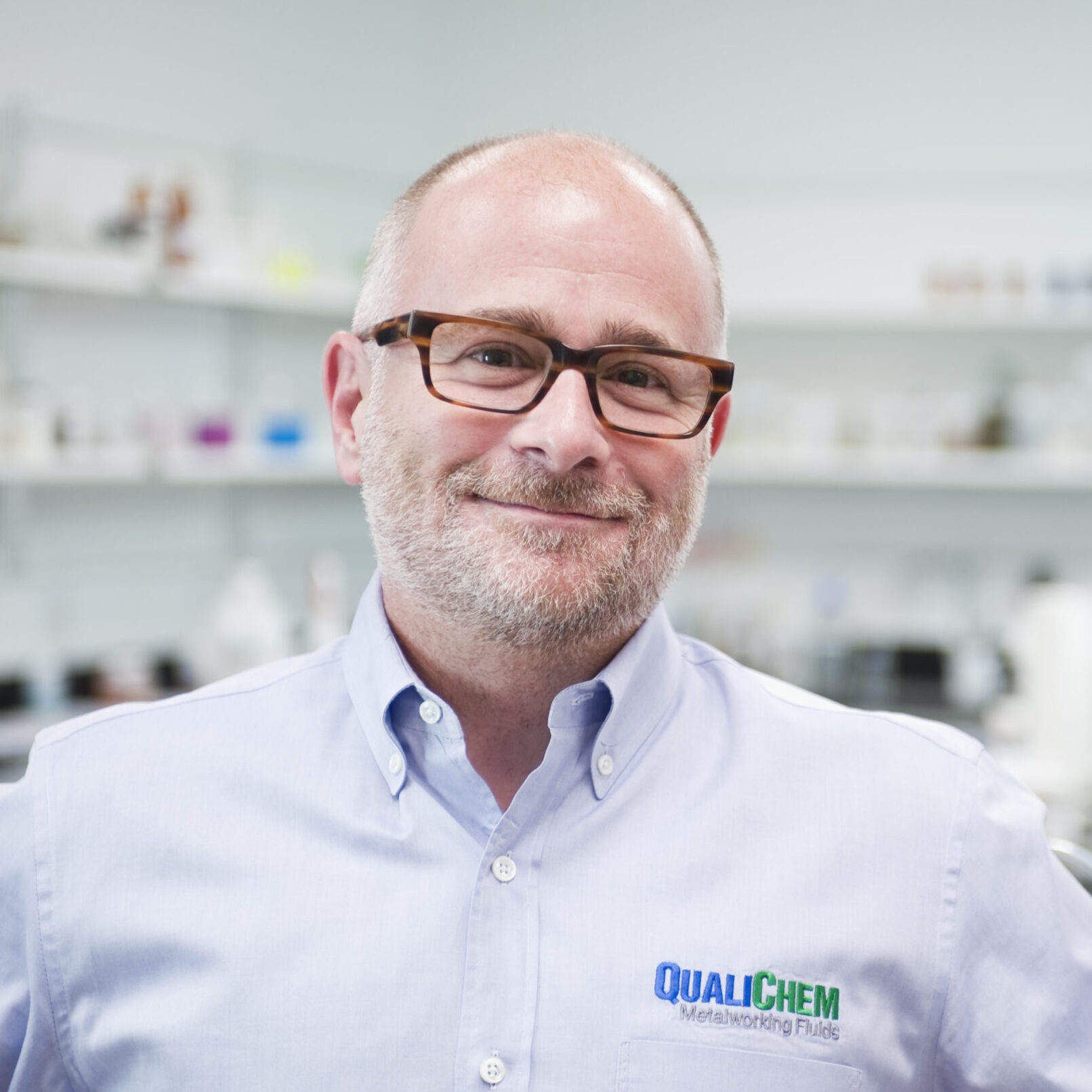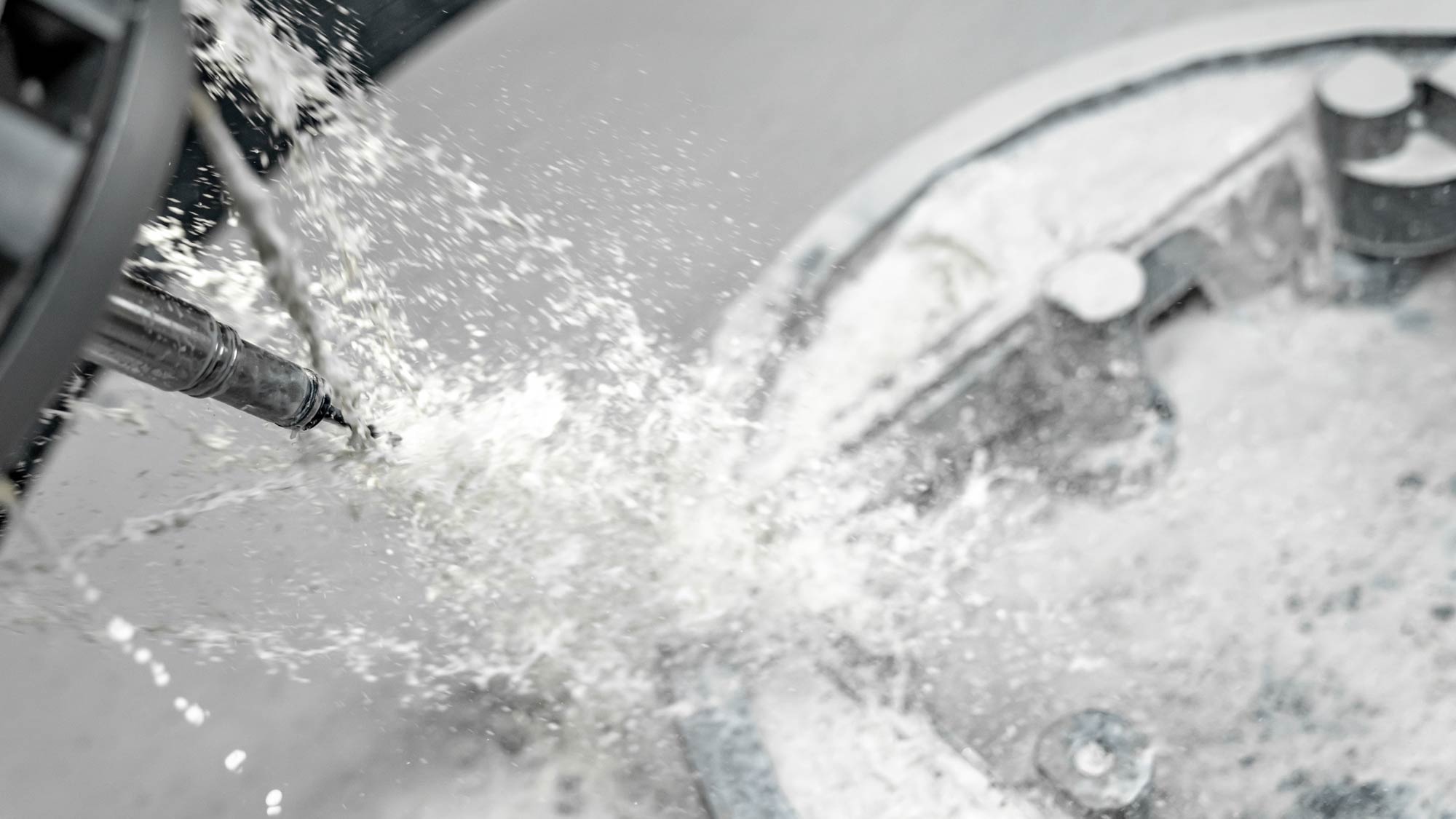
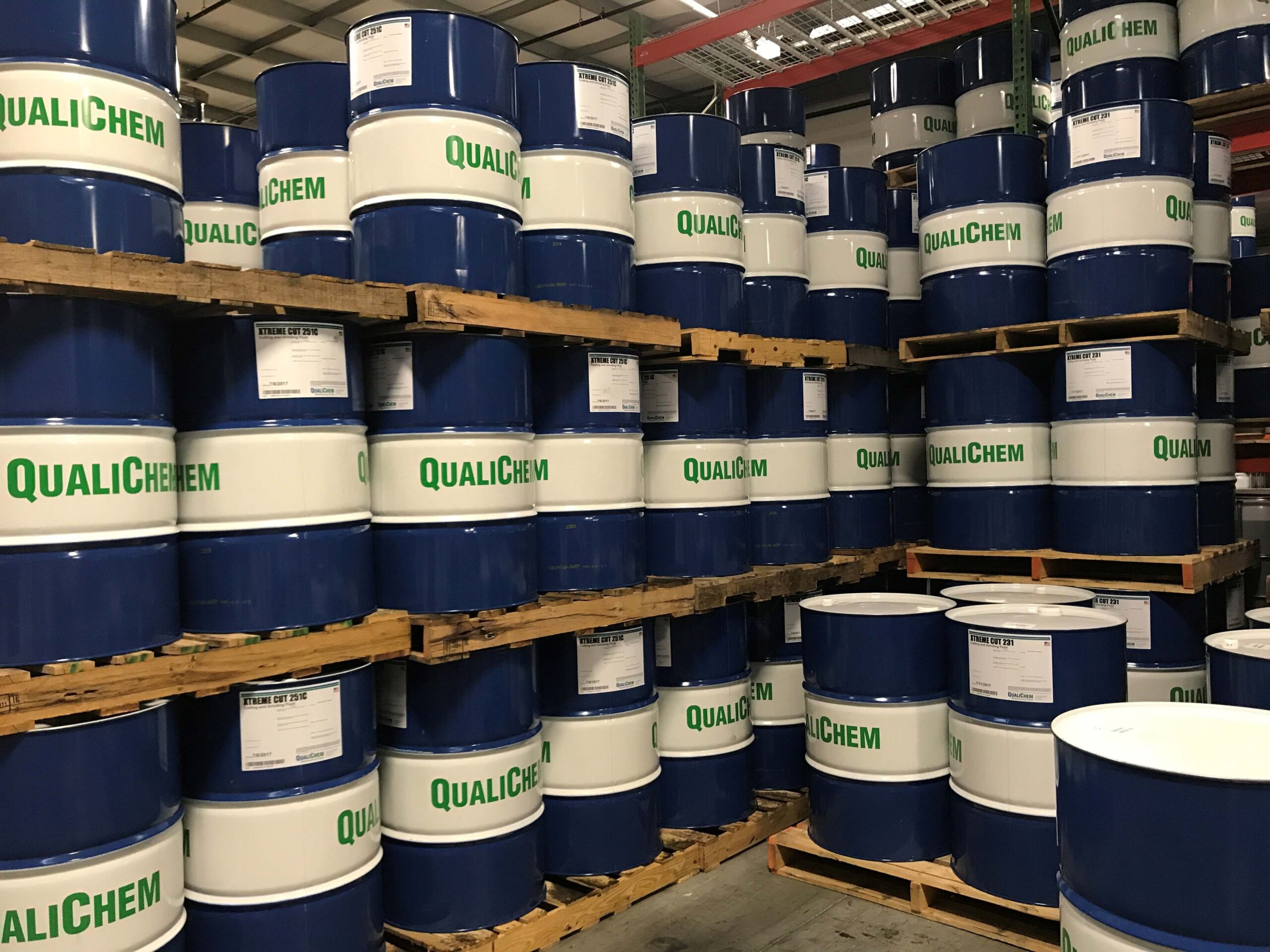
News and Events
See what QualiChem MetalWorking is doing! Find news updates and upcoming event information here.
Latest
News & Events
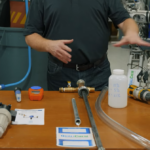
How to Properly Mix a Coolant

Aerospace | XTREME CUT 290
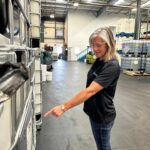
Employee Spotlight: Rebecca Smith, Plant Engineer

How to Properly Take a Lab Sample

Aerospace | Q-COOL 355D
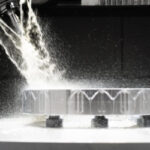
XTREME Premium Product Line Offers Cutting Edge Metalworking Performance
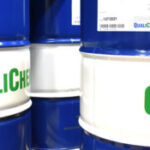
QualiChem, Inc. Receives Expanded Approval from Boeing for Use of XTREME CUT 250C and XTREME CUT 290

Employee Spotlight: Josh Miller, Product Development Chemist

Employee Spotlight: John Breedlove, Plant 2 Supervisor

